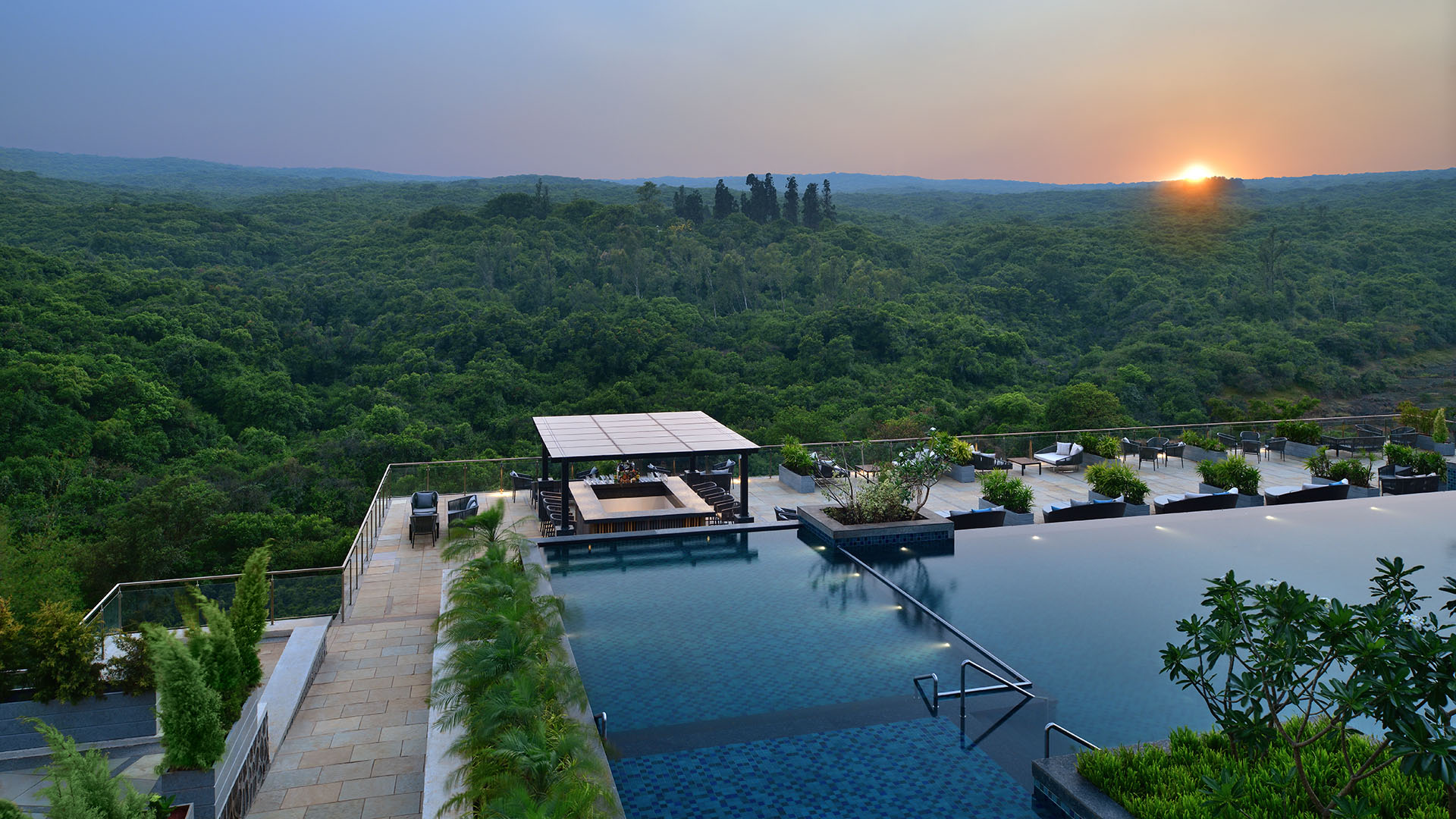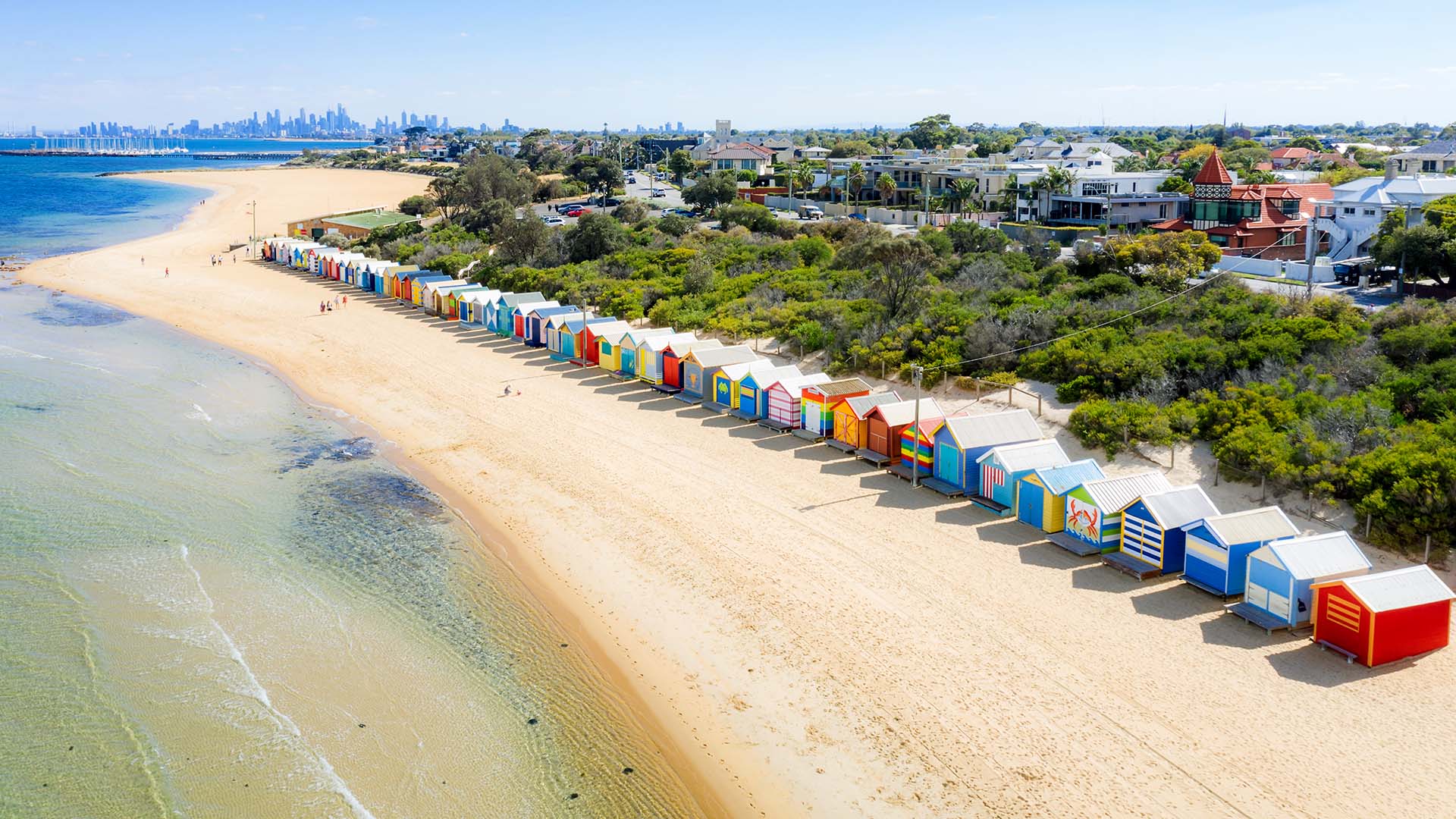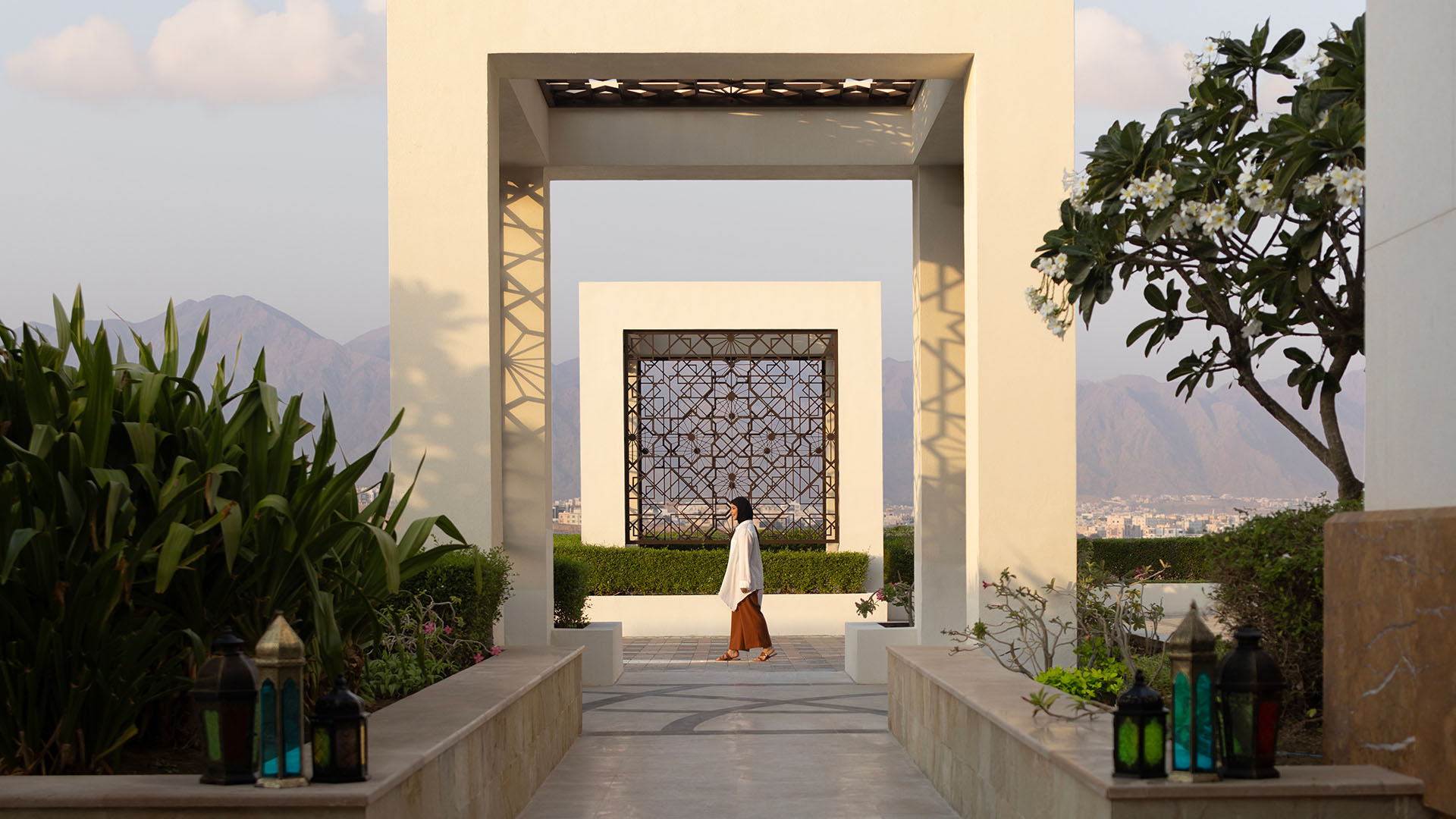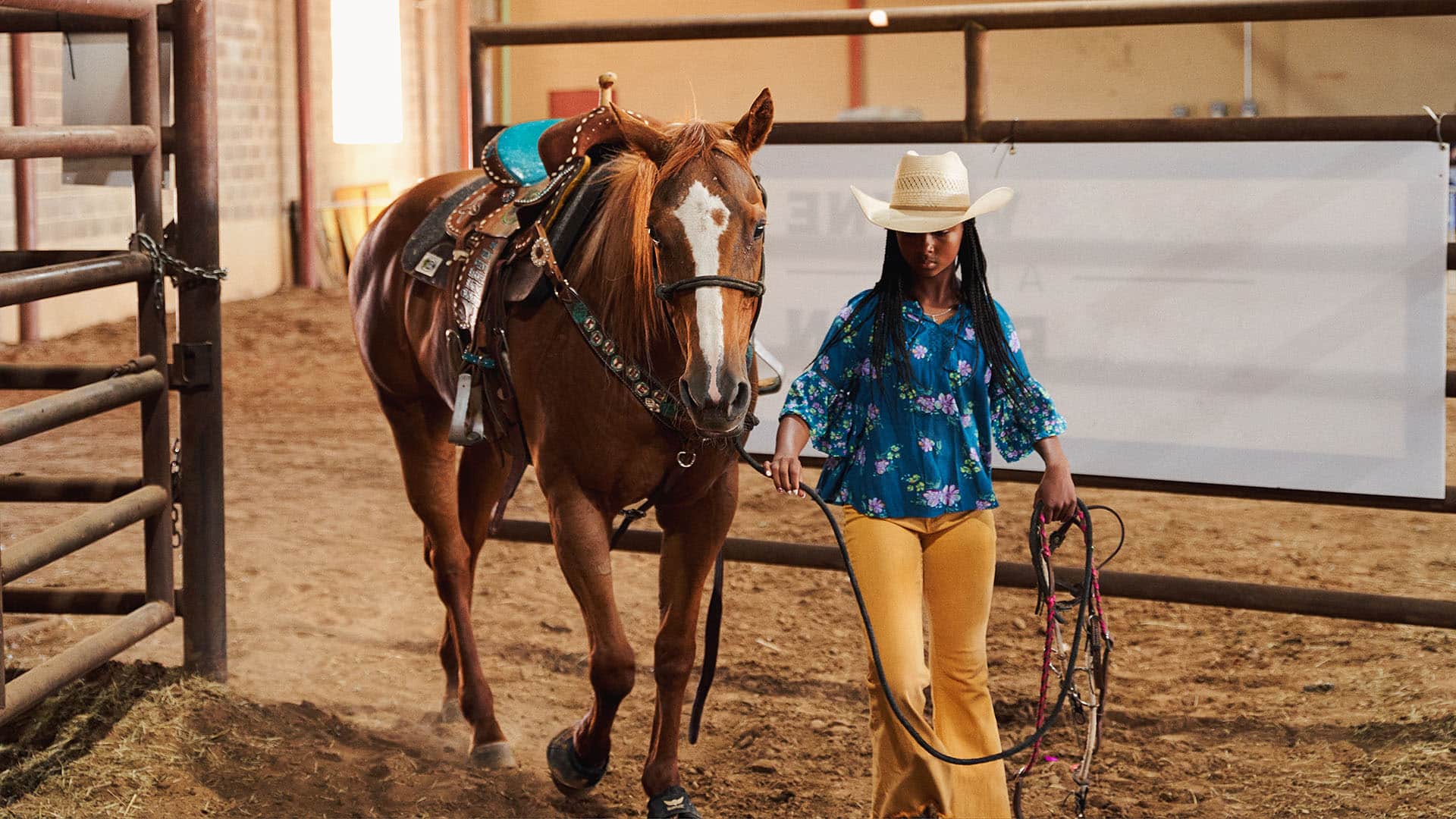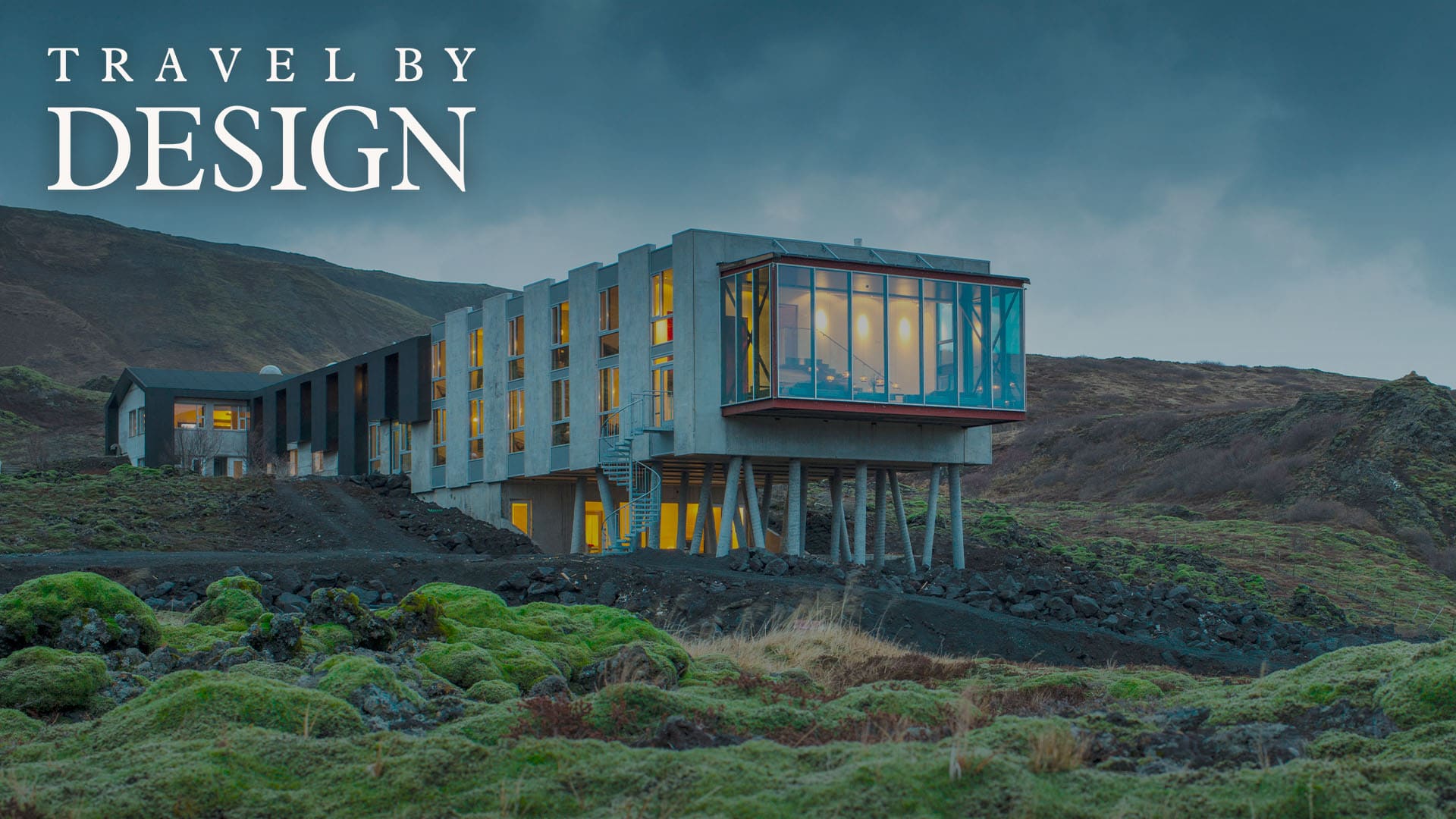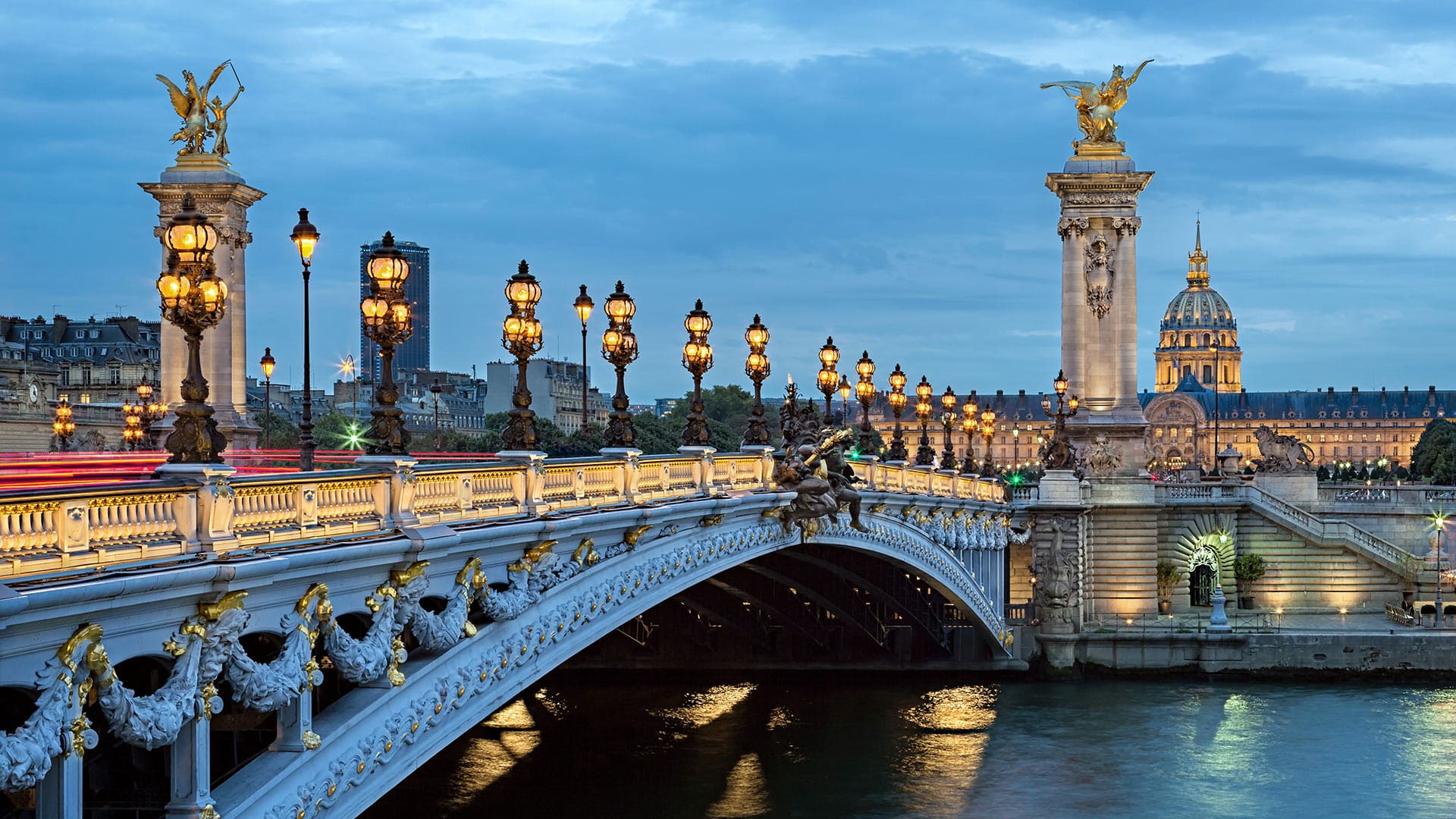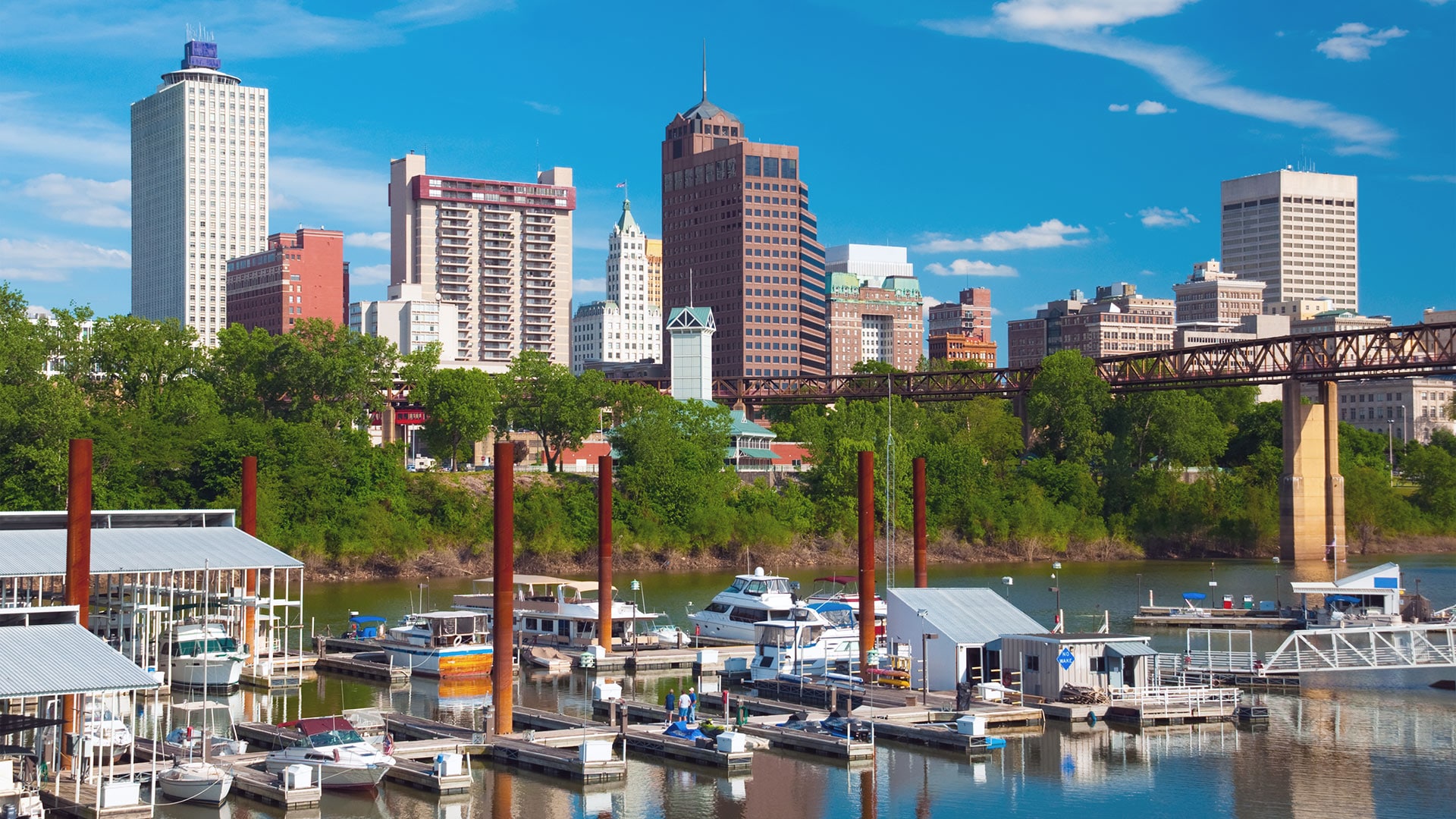- Book a room
- Other Magazines
- Places
North America
- Albuquerque
- Atlanta
- Austin
- Baltimore
- Boston
- Calgary
- Canada
- Charleston
- Charlotte
- Chicago
- Cleveland
- Dallas
- Denver
- Detroit
- Fort Lauderdale
- Hawaii
- Houston
- Indianapolis
- Key West
- Las Vegas
- Los Angeles
- Memphis
- Miami
- Montreal
- Nashville
- New Orleans
- New York City
- Orlando
- Ottawa
- Palm Springs
- Park City
- Philadelphia
- Phoenix
- Portland
- Salt Lake City
- San Antonio
- San Diego
- San Francisco
- Santa Monica
- Seattle
- Tampa
- Toronto
- Vancouver
- Virginia Beach
- Washington, D.C.
Latin America + The Caribbean
Europe
- Couples + Family
- Culture + Style
- Eat + Drink
- Health + Fitness
- Tips + Trends
- Places
North America
- Albuquerque
- Atlanta
- Austin
- Baltimore
- Boston
- Calgary
- Canada
- Charleston
- Charlotte
- Chicago
- Cleveland
- Dallas
- Denver
- Detroit
- Fort Lauderdale
- Hawaii
- Houston
- Indianapolis
- Key West
- Las Vegas
- Los Angeles
- Memphis
- Miami
- Montreal
- Nashville
- New Orleans
- New York City
- Orlando
- Ottawa
- Palm Springs
- Park City
- Philadelphia
- Phoenix
- Portland
- Salt Lake City
- San Antonio
- San Diego
- San Francisco
- Santa Monica
- Seattle
- Tampa
- Toronto
- Vancouver
- Virginia Beach
- Washington, D.C.
Latin America + The Caribbean
- Aruba
- Bogota
- Buenos Aires
- Cancún
- Costa Rica
- Dominican Republic
- Grand Cayman
- Lima
- Los Cabos
- Mexico City
- Monterrey
- Panama City
- Puerto Rico
- Puerto Vallarta
- Punta de Mita
- Rio de Janeiro
- Santiago
Europe
- Amsterdam
- Barcelona
- Berlin
- Edinburgh
- Florence
- Greece
- Italy
- Lisbon
- London
- Manchester
- Milan
- Paris
- Rome
- Venice
Asia Pacific
- Australia
- Bangkok
- Hong Kong
- Indonesia
- Seoul
- Singapore
- Taipei
- Tokyo
Africa + Middle East
- Abu Dhabi
- Cairo
- Cape Town
- Dubai
- Johannesburg
- Jordan
- Oman
- Qatar
- Couples + Family
- Culture + Style
- Eat + Drink
- Health + Fitness
- Tips + Trends
- Other magazines





